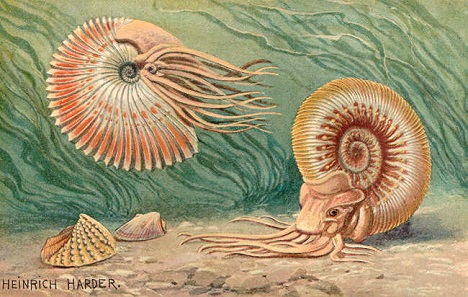The KT meteor had the additional advantage — advantage if you are a mammal, that is — that it landed in a shallow sea just ten meters deep, probably at just the right angle, at a time when oxygen levels were 10 percent higher than at present and so the world was more combustible. Above all the floor of the sea where it landed was made of rock rich in sulfur. The result was an impact that turned an area of seafloor the size of Belgium into aerosols of sulfuric acid. For months afterward, the Earth was subjected to rains acid enough to burn skin.

In a sense, an even greater question than that of what wiped out 70 percent of the species that were existing at the time is how did the remaining 30 percent survive? Why was the event so irremediably devastating to every single dinosaur that existed, while other reptiles, like snakes and crocodiles, passed through unimpeded? So far as we can tell no species of toad, newt, salamander, or other amphibian went extinct in North America. "Why should these delicate creatures have emerged unscathed from such an unparalleled disaster?" asks Tim Flannery in his fascinating prehistory of America, Eternal Frontier.












